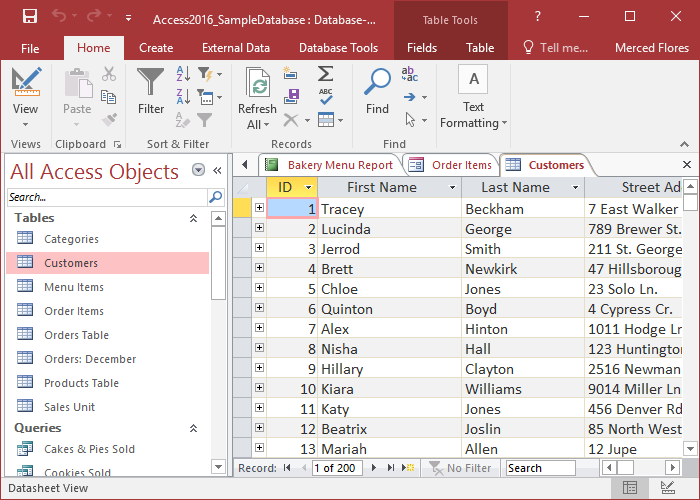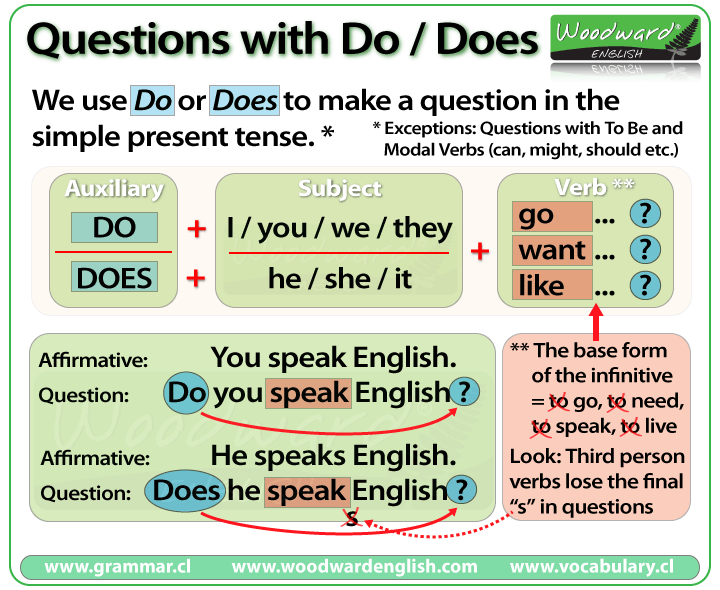What “ED” Means in Special Education: Definition, Eligibility, and Next Steps
Overview: What does “ED” mean in special education?
In U.S. special education,
ED
most commonly stands for
Emotional Disturbance
(often termed
Emotional Disability
at the state or district level). It is one of the federal eligibility categories under IDEA used when a student exhibits specific emotional or behavioral characteristics that
adversely affect educational performance
over a long period and to a marked degree.
[1]
[2]
In some contexts, “ED” can also refer to the
U.S. Department of Education
, but in K-12 special education discussions about eligibility, it typically means Emotional Disturbance/Disability.
[1]
Definition and core criteria
Districts often use the label Emotional Disability (ED) while federal language uses Emotional Disturbance . The criteria commonly include one or more of the following characteristics, present over a long period, to a marked degree, and adversely affecting educational performance: [2]
- An inability to learn not explained by intellectual, sensory, or health factors. [2]
- Difficulty building or maintaining satisfactory relationships with peers and teachers. [2]
- Inappropriate types of behavior or feelings under normal circumstances. [2]
- General pervasive mood of unhappiness or depression. [2]
- A tendency to develop physical symptoms or fears associated with personal or school problems. [2]
Importantly, schizophrenia is included, and the term does not apply to students who are solely “socially maladjusted” unless they also meet the ED criteria. [2] Parent-facing guides also confirm that ED is one of the recognized IDEA eligibility categories for IEPs. [3]
How ED eligibility connects to services
When a student is found eligible under ED, the IEP team designs services tailored to the student’s needs. Supports may include specialized academic instruction (also called
Specially Designed Instruction
), counseling as a related service, behavioral interventions, and supplementary aids and services-decided individually by the team based on the evaluation data and classroom impact.
[3]
In North America, the field often refers to the broader system as special education or “SPED,” and students who qualify under ED receive services through their IEP with the goal of educational benefit and access to the general curriculum with appropriate supports. [4]
Common signs schools consider (with examples)
Schools typically look for patterns over time, across settings, and supported by objective data. Examples include: [2]
- Learning difficulties unexplained by other factors: A student with average cognitive and language assessments shows significant academic regression and task avoidance not attributable to sensory or medical issues. The team documents sustained interference from anxiety or mood dysregulation affecting performance. [2]
- Interpersonal challenges: Frequent peer conflicts, withdrawal from group work, or inability to sustain positive teacher relationships, showing a persistent pattern across classes that disrupts learning. [2]
- Inappropriate behavior or feelings: Intense reactions to routine feedback, disproportionate anger or fear responses to everyday school situations, or expressions of hopelessness tied to school tasks. [2]
- Pervasive unhappiness or depression: Documented low mood, social withdrawal, and decreased motivation spanning months, reflected in attendance dips and reduced participation. [2]
- Physical symptoms or school-related fears: Recurring somatic complaints (e.g., headaches) or avoidance behavior linked to school transitions or specific classes, sustained over time and impacting access to instruction. [2]
Step-by-step: How families can pursue evaluation
If you suspect ED eligibility, you can request a special education evaluation in writing. While procedures vary by state and district, the general pathway often includes these steps:

Source: youtube.com
- Submit a written request to the school or district special education office: State your concerns, observed patterns, and how these affect learning or behavior. Include dates, teacher notes, and any clinical reports you have. You can address it to the principal or special education coordinator and request a comprehensive evaluation for special education eligibility under IDEA.
- Provide consent and participate in the evaluation plan: After consent, assessments may include academic testing, behavior rating scales, observations, attendance review, and interviews. You can ask what tools will be used and ensure social-emotional assessments are included.
- Attend the eligibility meeting: The team reviews data to determine whether ED criteria are met and whether needs require special education. You may bring a support person or outside clinician’s reports. If ED is not found, you can ask about Section 504 accommodations as an alternative pathway.
- Develop the IEP if eligible: Services may include specialized instruction, counseling, behavior intervention plans, and supplementary aids and services. Ensure goals target skill acquisition (e.g., coping skills, self-advocacy) and academic access. Minutes, settings, and progress monitoring methods should be specific.
- Review and adjust: Monitor progress during the year and request meetings if data show insufficient progress or escalations. Re-evaluations typically occur at least every three years, but you can request earlier if warranted.
Parent-friendly acronym lists and district descriptions confirm “ED” as an eligibility term and outline typical characteristics and services considered by IEP teams. [1] [2] [3]
Services and supports that may be considered
While exact services depend on individual needs, teams often discuss the following supports:

Source: pinterest.com
- Specialized Academic Instruction (SAI)/Specially Designed Instruction: Targeted instruction to address skill gaps while adapting content and methods to the student’s strengths and needs; may include scaffolded tasks, explicit instruction in executive functioning, and co-teaching models. [3]
- Counseling as a related service: School-based counseling may address coping strategies, emotion regulation, and problem-solving, integrated into academic goals and progress monitoring.
- Positive Behavior Intervention Supports (PBIS) and Behavior Intervention Plans (BIP): Teams may implement proactive supports, reinforcement systems, and de-escalation strategies keyed to functional behavior assessment findings.
- Supplementary Aids and Services (SAS): Accommodations and supports that enable access to the general curriculum alongside peers, such as scheduled breaks, check-ins, modified workload during flare-ups, or safe spaces for regulation. [3]
- Placement considerations: Least Restrictive Environment (LRE) decisions balance access to general education with the need for supports. Teams may consider co-taught classes, resource support, or, when necessary, smaller therapeutic settings-always driven by data and reviewed regularly.
Real-world scenarios and challenges
Scenario A: Anxiety with attendance impact. A ninth-grader exhibits school avoidance and frequent nurse visits for headaches. Data over a semester show missed instruction and declining grades. The team conducts evaluations including behavior scales and clinical documentation. ED eligibility is considered based on sustained fears tied to school and adverse academic impact. The IEP includes counseling, a graded return plan, morning check-ins, and assignment flexibility. Progress is tracked weekly. This aligns with ED characteristics relating to physical symptoms/fears and adverse performance effects. [2]
Scenario B: Relationship difficulties and behavioral escalation. A fifth-grader has ongoing peer conflicts and outbursts. Observations confirm a pattern across settings. The team rules out cognitive and sensory causes and documents persistent, marked behaviors. The IEP includes social skills instruction, a behavior intervention plan, and staff coaching. Data reviews every six weeks inform adjustments. This reflects ED criteria for relationship difficulties and inappropriate behaviors under normal circumstances. [2]
Challenges and solutions: A frequent challenge is distinguishing ED from social maladjustment or situational behaviors. Teams address this by triangulating data (observations, ratings, academics), verifying duration and intensity, and ensuring other factors (e.g., instruction quality, environment) are considered. Families can request prior written notice explaining decisions and the data behind them and may seek independent educational evaluations if disagreements persist.
Action steps for families and educators
- Document patterns: Keep dated examples of behaviors, attendance issues, grade changes, and teacher communications. This supports the “long period” and “marked degree” criteria. [2]
- Request evaluation formally: You can write a letter or email to the school administrator or special education coordinator requesting a comprehensive evaluation for special education eligibility, including potential ED eligibility.
- Engage in IEP development: Ask for clear goals, service minutes, progress measures, and crisis-response steps if relevant.
- Consider alternatives when appropriate: If ED criteria are not met, a Section 504 plan may provide accommodations such as counseling check-ins or reduced homework during acute episodes.
- Clarify acronyms: Be aware that “ED” can also denote the U.S. Department of Education in some documents; context usually makes the meaning clear. [1]
Key takeaway
In special education eligibility discussions, “ED” typically means Emotional Disturbance/Emotional Disability, a category applied when specific emotional or behavioral characteristics are present over time, to a marked degree, and demonstrably impair a student’s educational performance. Understanding the criteria, documenting patterns, and engaging proactively in the evaluation and IEP process can help ensure appropriate supports are put in place. [1] [2] [3] [4]
References
[1] Center for Parent Information and Resources (2025). Disability & Special Education Acronyms. [2] Fort Bend ISD (2025). Special Education: Types of Disabilities – Emotional Disability (ED). [3] Undivided (2020). Common Special Education Acronyms: ED, SAI, SAS, SELPA. [4] Wikipedia (ongoing). Special education overview and terminology.
MORE FROM snapflicks.net












